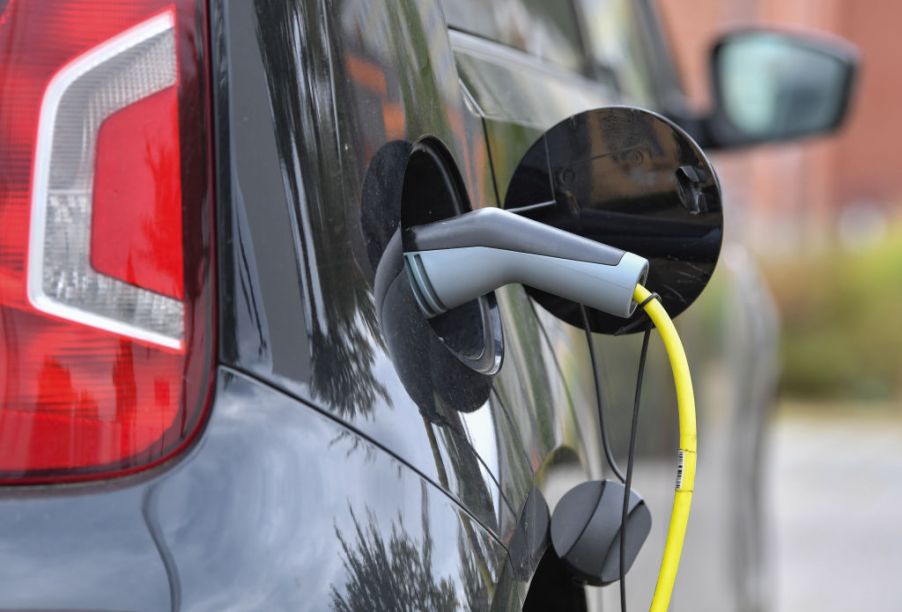
GM President Predicts The Future For Electric Vehicles
GM President Mark Reuss recently penned an article for CNN about the future of electric vehicles and the problems encompassing that change. If anyone can see down the road to where we are going with alternative propulsion and autonomous technology, it’s the head of GM. Here’s his predictions based on the industry making certain changes.
For starters, he says electric and autonomous vehicles are the future, and it’s only a matter of time. Reuss says that once consumers got to electric vehicles they will stay loyal to EVs. That’s because of the performance, quiet operation, acceleration, and interior space. Plus, they don’t have to buy gasoline anymore.
GM Clinics Help Define Electric Vehicles Future
GM recently held consumer clinics in Chicago and LA where they offered three EVs and three gasoline-powered vehicles. Over 40% of each clinic picked the EV as their first choice if they had to purchase a vehicle today. That is in spite of them being more expensive than conventional vehicles.
That’s interesting because the numbers don’t bear that out. Nationwide electric vehicle sales are 2%, and in California that jumps to 5%. Maybe there has been a general acceptance increase by the buying public, or maybe in test driving an EV those in the clinic were sold on EVs. Estimates put EV ownership at only 20% of all vehicle sales once they are established as a mainstream product.
For the CNN article, Reuss says that the three concerns people have with EVs are the range, ease of ownership, and cost. Pretty much what one would expect consumers would find as concerns.

Electric Vehicle Range
This is the biggest concern. Consumers want at least the range a gasoline-powered vehicle gives. The sweet spot looks to be 300 miles of range. Currently, 90% of electric vehicles sold are from six models. They are three Teslas, the Chevy Bolt, Hyundai Kona, and Kia Niro. They also offer the highest ranges, which is only 259 miles.
The situation with lithium-ion batteries is improving all of the time, and so Reuss sees that there will be light at the end of the tunnel with range. There should be averages of 300-mile range soon. That will improve acceptance.
Charging Infrastructure
Based on GM research the number one reason why people don’t go with an EV is due to lack of charging stations. For that to improve manufacturers, charging companies, and governments need to work together to get as many charging stations up and running as they can.
Manufacturers are working with charging companies to add more stations, but it will also need to be easier and cheaper to install private charging stations. Again, according to GM research, almost 80% of orders charge at home and another 15% at their work. So companies that can install home charging stations more affordably will help in a big way.
Cost
Most EV owners are seeing costs associated with their EVs to be about one-third the cost of a conventional vehicle. The downside is that purchase prices are higher than gasoline engine vehicles. Reuss says GM is hopeful that each successive generation of batteries will be better but also cheaper, which it can turn back to the customer. He also sees that there will be increased regulatory costs on both gasoline and diesel fuel.
There is an expectation that EVs will become the primary family vehicle in the near future, not just an around-town commuter car. In the end, here’s what the GM President says the industry has to do, “manufacturers simply must make it as good or better than the cars, trucks, and crossovers most people are used to driving today. And we must deliver on our promise of making affordable, appealing EVs in the widest range of sizes and body styles possible. When we do that, electric vehicle adoption and acceptance will be widespread, and it can happen sooner than most people think.”



